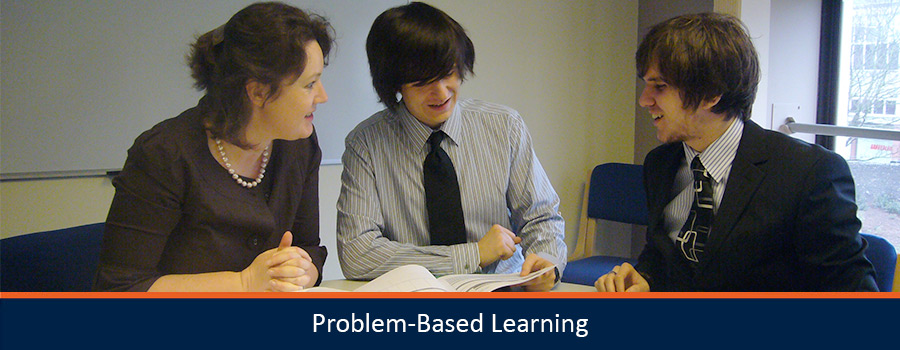
What is Problem-Based Learning (PBL)?
Students typically learn by listening to lectures and reading. Traditional education assesses students on their ability to recall and communicate what they have learnt. With problem-based learning, students are assessed on their ability to respond to a problem by using or developing a problem-solving process. They have to show that they understand the subject matter, and demonstrate how well they can use their knowledge to solve the problem.
Why PBL?
Research shows that the PBL approach gives the learner greater long-term benefits than traditional learning. Many successful and progressive universities around the world use this approach in their courses. Graduates of PBL courses advance faster and further in their careers.
Other Benefits of PBL
- Develops critical and creative thinking
- Creates effective problem-solvers
- Increases motivation and enthusiasm for the subject
- Encourages lateral thinking
- Improves communication and networking skills
- Problems are based on real-life situations
What is Involved?
Every PBL project is carefully designed by experts to expose you to the information and skills that we want you to learn. When assigned a project, you are given:
- A statement of the problem (e.g. diseased animal; failing business; anorexia case study);
- Questions to consider when solving the problem;
- A framework for the time and effort you should spend on the project;
- Support from the school.
The problems that you will solve in your course will relate to what you are learning. They are problems that you might encounter when working in that field, adapted to your level of study .
Is PBL Necessary or Right for Me?
We know that a successful course is more than a collection of information within a discipline.
If your course is more vocational in nature, PBL gives you a chance to apply your knowledge to get results.
Writing PBL Projects
Warnborough College has prepared detailed guidelines for reporting on PBL projects. Read these before you begin work on a PBL project, and don’t begin until you fully understand the procedure. You will be provided these guidelines upon enrolment.
